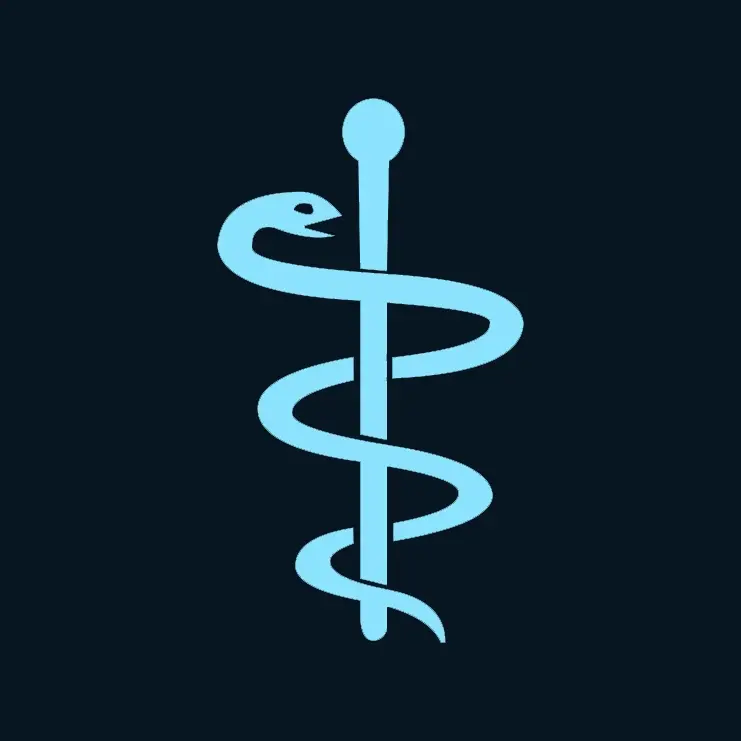The carina is the most important structure for the cough reflex.
Reasoning:
The cough reflex is primarily triggered by irritation of the carina, which is the point where the trachea bifurcates into the main bronchi. This region has a high density of mechanoreceptors that are extremely sensitive to stimuli such as dust, smoke, or secretions. When these receptors are activated, they send signals via the vagus nerve to the cough center in the medulla, initiating the reflex.
While the larynx, oropharynx, and bronchi also contain sensory receptors that can trigger a cough, the carina is the most sensitive and crucial structure for this reflex.


Treatments: Medications: Anticholinergics: These drugs (e.g., oxybutynin, tolterodine) block the action of acetylcholine on the bladder, reducing involuntary contractions. Beta-3 adrenergic agonists: Medications like mirabegron work by relaxing the bladder muscle and increasing its capacity. Topical estrogen (for postmenopausal women): This can help improve bladder function by strengthening the tissues in the urinary tract.
Invasive Treatments (if medications are ineffective): Botulinum toxin (Botox) injections: Injecting Botox into the bladder muscle can temporarily paralyze it, reducing involuntary contractions.